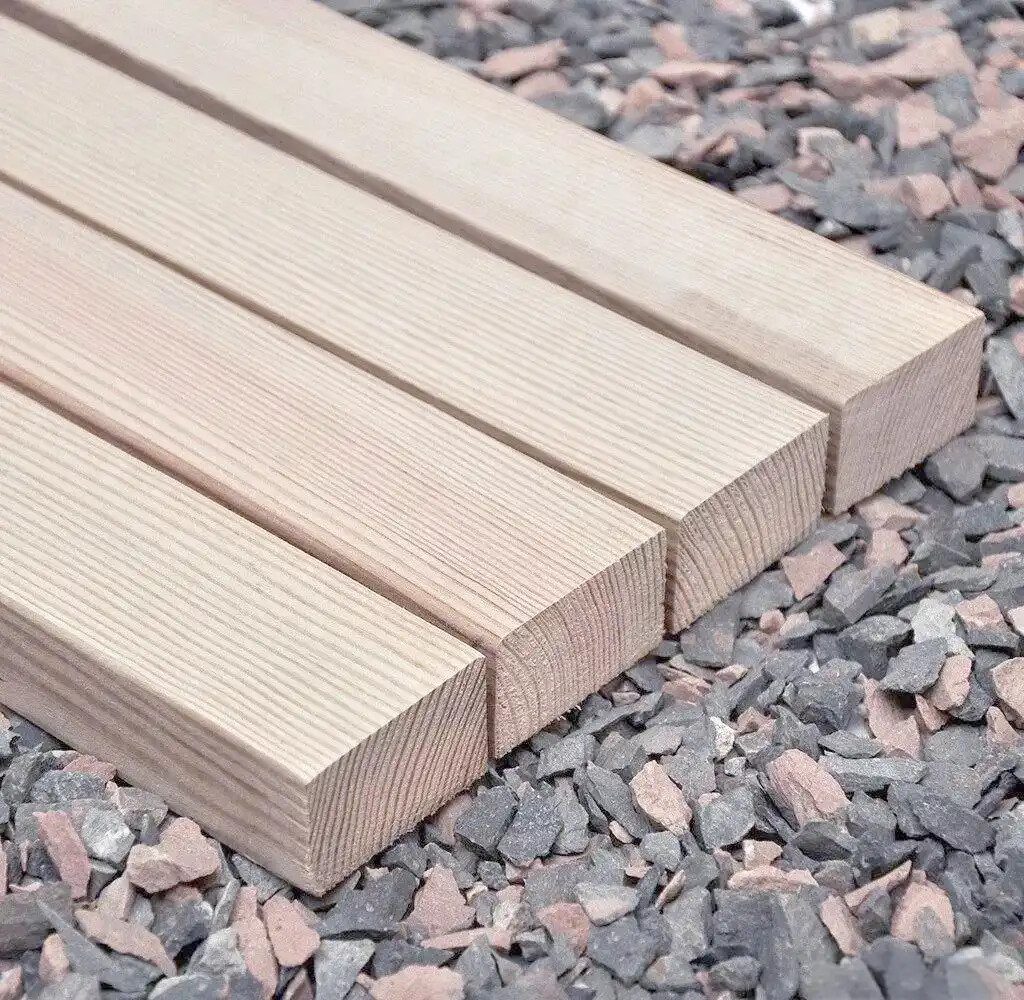Amid diverse construction materials, anti-corrosion wood stands out for outdoor buildings and log cabins, favored for its nature compatibility and practicality. It is not a single wood type but ordinary wood processed via scientific anti-corrosion techniques, gaining properties like corrosion, insect, and mildew resistance. Key traits include excellent durability—vacuum-pressure-treated with eco-friendly agents, it resists fungi/termites, extending service life by 3-5 times vs. untreated wood—along with retained natural grain, safety (no harmful substances), and good stability (controlled moisture to avoid cracking) and processability (easy sawing/drilling for diverse designs).
As a log cabin material, anti-corrosion wood perfectly matches the “return to nature” charm of cabins. It blends with surrounding environments, creating an immersive natural atmosphere, while its durability cuts maintenance costs (only simple regular upkeep is needed). It also boosts living comfort via strong thermal insulation (stabilizing indoor temps year-round to save energy) and ensures structural safety—maintaining mechanical strength for load-bearing needs, adaptable to parts like walls/roofs and both traditional/modern designs. Plus, it aligns with green building: eco-friendly agents, renewable wood, and lower carbon emissions than concrete/steel.
In conclusion, anti-corrosion wood is the top choice for log cabins, thanks to its core traits (corrosion resistance, eco-friendliness, durability) and cabin-specific advantages (nature integration, cost-effectiveness, comfort, safety). It retains wood’s natural warmth while fixing traditional wood’s flaws, meeting both aesthetic and practical needs. As green building gains traction, it will keep shaping functional, nature-friendly cabin spaces.





